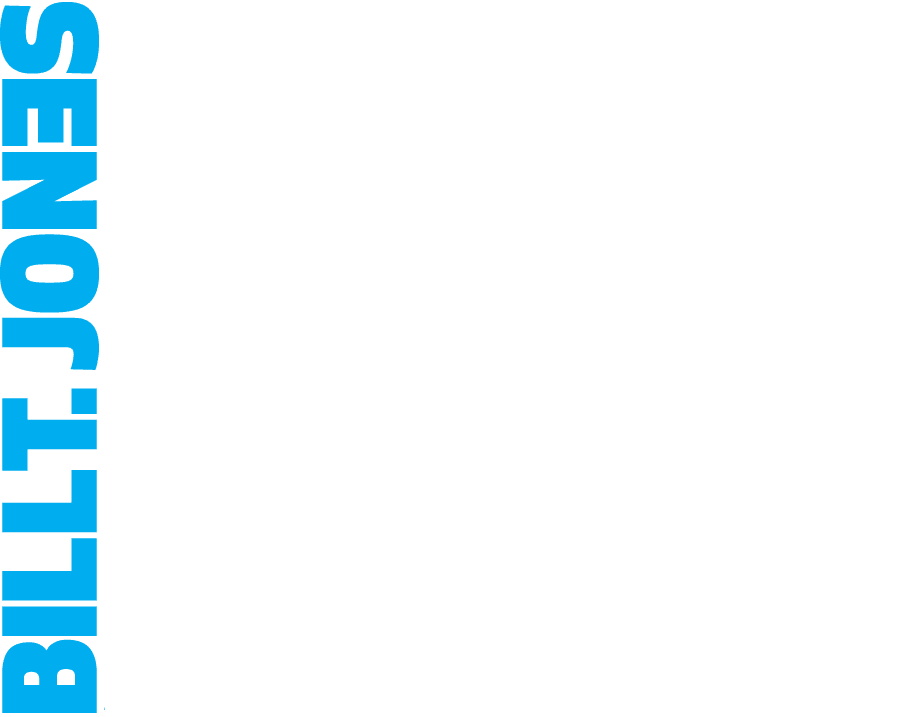Paige Martin
Biography
Paige Martin has been making her own brand of dance while also making performance that operates outside the confines of dance since the early 90’s. Her movement focuses on a quality of being that, although recognizable when framed in ‘performance’, is otherwise overlooked. She is inclined to use mundane events or actions to expose this framework of our reality. Simultaneous to this innate drive, she finds ways to take the question out of dance for the uninitiated viewer. Not bashful about making dance that is entertaining on the surface, her intention is to craft a hook for the unconscious below that surface. Consequently, her works are remarkable for their staying power, often holding a special place with strikingly detailed visuals in one’s memory for years.
Most often utilizing the underground locales of New York, she has also presented her performance works at established venues such as the Knitting Factory, PS 122, Dixon Place, the Ontological-Hysteric Theater, Movement Research at the Judson Church, Danspace Project at St. Marks Church, and The Kitchen.
After having put a stop to her own dance training in 1990, she has since worked as a collaborator and performer with the likes of Scotty Heron, Jennifer Lacy, Sally Silvers, Juliette Mapp, Justine Lynch, Stanley Love, Charles Atlas, Sarah Michelson, and RoseAnne Spradlin. Paige is probably best known as a performer in the works of Neil Greenberg, who’s company she joined in 1995, receiving a Bessie award for her dancing in Neil’s this is what happened.
She teaches dance whenever she can to dancers and non-dancers alike, and is also a decorative painter, plasterer, art-handler, designer of wood rings, and maintains a private practice in Zero Balancing, an osteopathic technique, in Soho.
Paige has just recently joined MGM Grand (modern garage movement), a trio comprising Jmy Leary, Biba Bell and herself, and is working and touring in a new Richard Maxwell NYC Players production.
Artist Statement
the Science of Performance: understanding what happens in the process of performance that creates a numinous space for all those contained within this setting.
Within this extra-ordinary temporo-spatial arena, there is the opportunity to highlight dimensions of self and the collective, otherwise not engaged. In order to fully experience this the authenticity of the performer is of absolute necessity. My work is in uncovering the components of this path toward authenticity.

